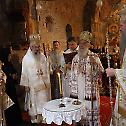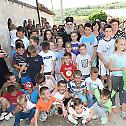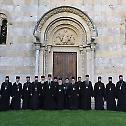Theology
Sixth Sunday of Pascha: The Blind Man.
14. May 2018 - 10:16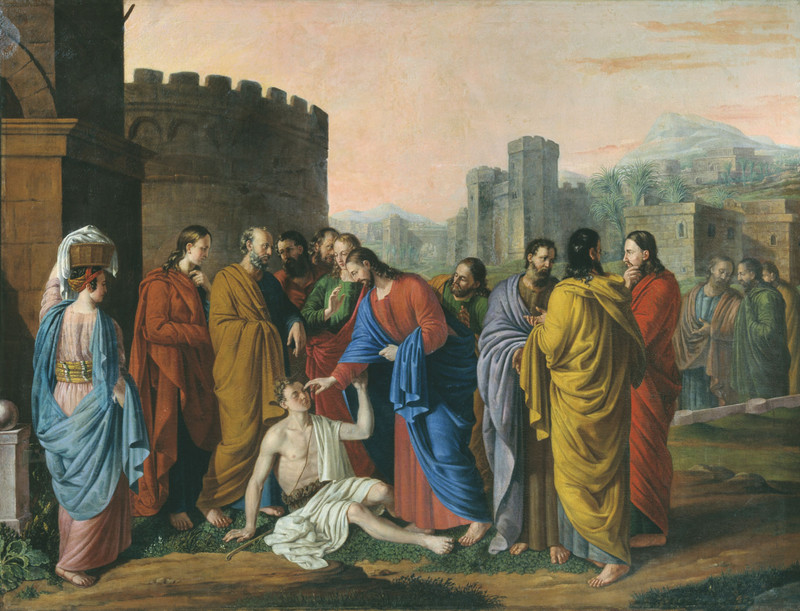 In the name of the Father and of the Son and of the Holy Spirit.
In the name of the Father and of the Son and of the Holy Spirit.
Christ is Risen!
Today’s Sunday is called the Sunday of the Blind Man. The event described in the Evangel of Saint John is confirmation of the words said by the Saviour, “I am the light of the world”.
Hieromartyr Branko Dobrosavljevic
7. May 2018 - 9:55 Branko Dobrosavljevic was born in the village of Skadar near Vojnic on January 4, 1886. He completed Grammar school as well as the Seminary in Sremski Karlovci in 1908. He was ordained deacon on March 15, and presbyter on March 22, 1909. He performed his duties in the villages of Buvaca, Radovica and Veljun. Branko received St. Sava's Order and Yugoslav Crown Order of the Fifth Degree. On the Feast of St. George, May 6, 1942, the very day of his own Slava Branko was arrested by the Ustase, headed by Ivan Sajfor from Veljun.
Branko Dobrosavljevic was born in the village of Skadar near Vojnic on January 4, 1886. He completed Grammar school as well as the Seminary in Sremski Karlovci in 1908. He was ordained deacon on March 15, and presbyter on March 22, 1909. He performed his duties in the villages of Buvaca, Radovica and Veljun. Branko received St. Sava's Order and Yugoslav Crown Order of the Fifth Degree. On the Feast of St. George, May 6, 1942, the very day of his own Slava Branko was arrested by the Ustase, headed by Ivan Sajfor from Veljun.
Over 500 Serbs were arrested that day, among them Dimitrije Skorupan, parish priest of Cvijanovic Brdo, and Nebojsa, priest Branko's son. At first they were imprisoned in police station in Veljun, and next day (May 7) they were taken away and killed in the woods called "Kestenovac", near Hrvatski Blagaj. The Ustase forced priest Branko to perform the service for the repose of the soul of the dead to his own son Branko, who was alive at the time. In 1946 priest Branko's martyr relics and the remains of the other killed Serbs were transported to a common grave in Veljun. At the regular session of the Holy Assembly of Bishops of the Serbian Orthodox Church, priest Branko Dobrosavljevic was canonized and his name was entered into the List of Names of the Serbian Church Saints.
The Holy Great Martyr George
5. May 2018 - 21:43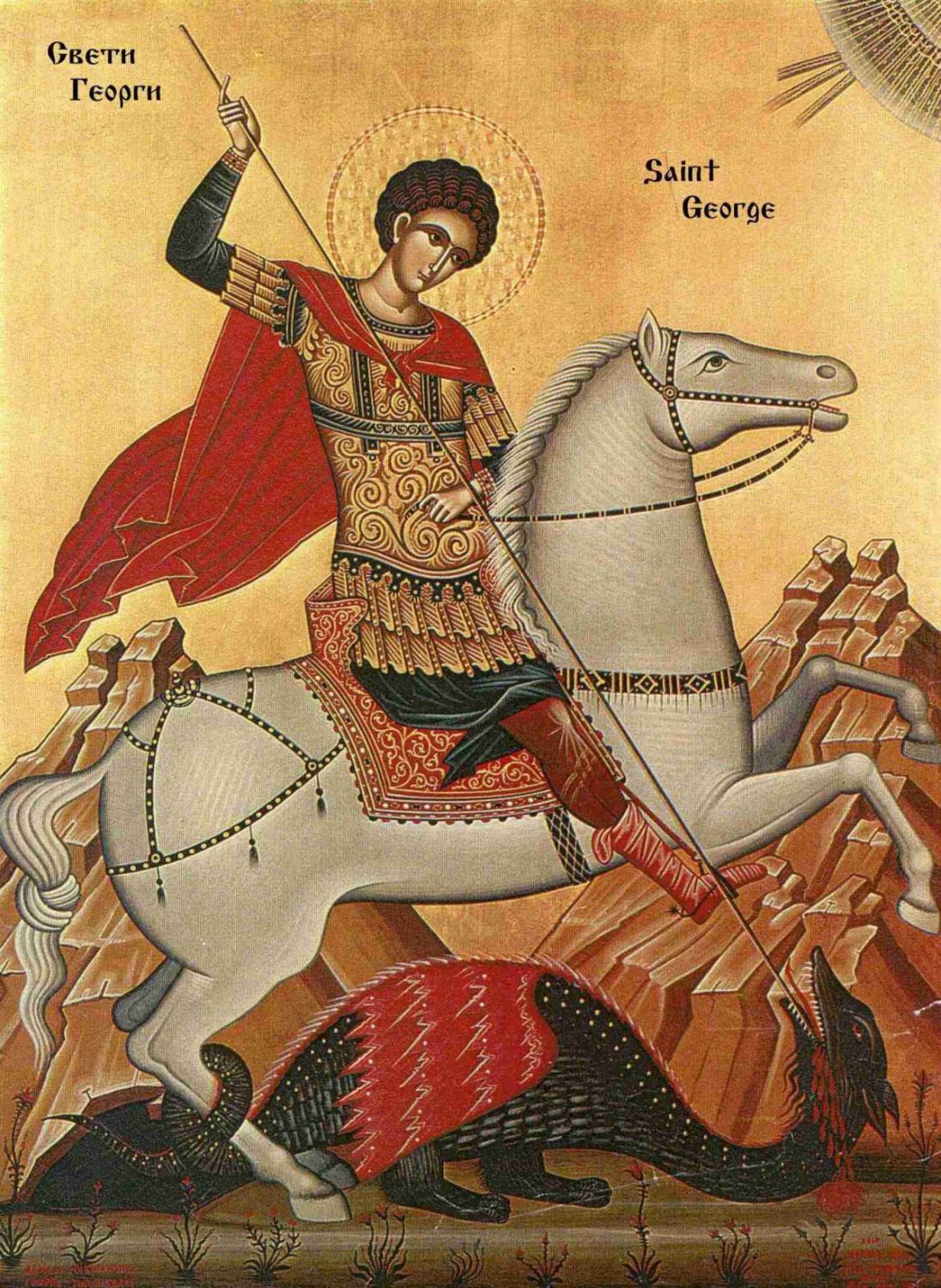 This glorious and victorious saint was born in Cappadocia, the son of wealthy and virtuous parents. His father suffered for Christ, and his mother then moved to Palestine. When George grew up he entered the military, where he attained, in his twentieth year, the rank of tribune, and as such he was in the service of the Emperor Diocletian.
This glorious and victorious saint was born in Cappadocia, the son of wealthy and virtuous parents. His father suffered for Christ, and his mother then moved to Palestine. When George grew up he entered the military, where he attained, in his twentieth year, the rank of tribune, and as such he was in the service of the Emperor Diocletian.
When Diocletian began his terrible persecution of Christians, George came before him and courageously confessed that he was a Christian. The emperor had him thrown into prison and ordered that his feet be placed in stocks and that a heavy stone be placed on his chest. After that, the emperor commanded that George be tied to a wheel, under which was a board with large nails, and he was to be rotated until his whole body became as one bloody wound. After that, they buried him in a pit with only his head showing above the ground, and there they left him for three days and three nights. Then George was given a deadly poison to drink by a magician. But through all of these sufferings, George continuously prayed to God, and God healed him instantly and saved him from death, to the great astonishment of the people. When he also resurrected a dead man through his prayers, many accepted the Christian Faith. Among these were Alexandra, the wife of the Emperor Diocletian; the chief pagan priest; the farmer Glycerius; and Valerius, Donatus and Therinus. Finally, the emperor commanded that George and his own wife Alexandra be beheaded. Blessed Alexandra died on the scaffold before being beheaded, and St. George was beheaded in the year 303 A.D. The miracles which have occurred over the grave of St. George are countless. Numerous are his appearances, both in dreams and openly, to those who, from that time to today, have invoked him and implored his help. Inflamed with love for Christ the Lord, it was not difficult for this saintly George, for the sake of this love, to leave all: rank, wealth, imperial honor, his friends and the entire world. For this love, the Lord rewarded him with a wealth of unfading glory in heaven and on earth, and with eternal life in His kingdom. In addition, the Lord bestowed upon him the power and authority to assist all those in afflictions and difficulties who honor him and call upon his name.
Second Day of the session of the Holy Assembly of Bishops
1. May 2018 - 13:43On 30 April 2018, His Holiness Irinej, Serbian Patriarch, officiated the Holy Hierarchal Liturgy at the Pec Patriarchate, after which he chaired the session of the Holy Assembly of Bishops.
On the second day of the session of the Holy Assembly of Bishops of the Serbian Orthodox Church, following the Eucharist gathering which was officiated by Serbian Patriarch Irinej with concelebration of the Bishops: Jovan of Sumadija, Joanikije of Budimlje-Niksic and David of Krusevac, the gathered Hierarchs visited the Serbian village of Velika Hoca and monasteries of Zociste and Dechani. We recommend to our website visitors to see the photographs of our tireless coworker deacon Dragan Tanasijevic:
The Origins of Pascha and Great Week
14. April 2018 - 22:28 In worship we encounter the living God. Through Worship God makes Himself present and active in our time, drawing the particles and moments of our life into the realm of redemption. He bestows upon us the Holy Spirit, who makes real the promise of Jesus to be in the midst of those gathered in His name (Mt 18.20). In our ecclesial assemblies, therefore, we do more than remember past events and recall future promises. We experience the risen Christ, who is "clothed with his past and future acts," as someone has noted. Thus, allthat is past and all that is future are made present in the course of our liturgical celebrations.
In worship we encounter the living God. Through Worship God makes Himself present and active in our time, drawing the particles and moments of our life into the realm of redemption. He bestows upon us the Holy Spirit, who makes real the promise of Jesus to be in the midst of those gathered in His name (Mt 18.20). In our ecclesial assemblies, therefore, we do more than remember past events and recall future promises. We experience the risen Christ, who is "clothed with his past and future acts," as someone has noted. Thus, allthat is past and all that is future are made present in the course of our liturgical celebrations.
Antipascha: St Thomas Sunday
14. April 2018 - 22:22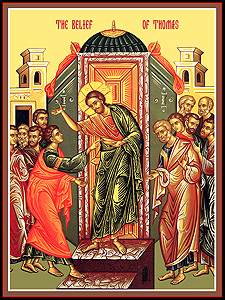 Some icons depicting this event are inscribed “The Doubting Thomas.” This is incorrect. In Greek, the inscription reads, “The Touching of Thomas.” The Slavonic inscription is, “The Belief of Thomas.” When Saint Thomas touched the Life-giving side of the Lord, he no longer had any doubts.
Some icons depicting this event are inscribed “The Doubting Thomas.” This is incorrect. In Greek, the inscription reads, “The Touching of Thomas.” The Slavonic inscription is, “The Belief of Thomas.” When Saint Thomas touched the Life-giving side of the Lord, he no longer had any doubts.
This day is also known as “Antipascha.” This does not mean “opposed to Pascha,” but “in place of Pascha.” Beginning with this first Sunday after Pascha, the Church dedicates every Sunday of the year to the Lord’s Resurrection. Sunday is called “Resurrection” in Russian, and “the Lord’s Day” in Greek.

